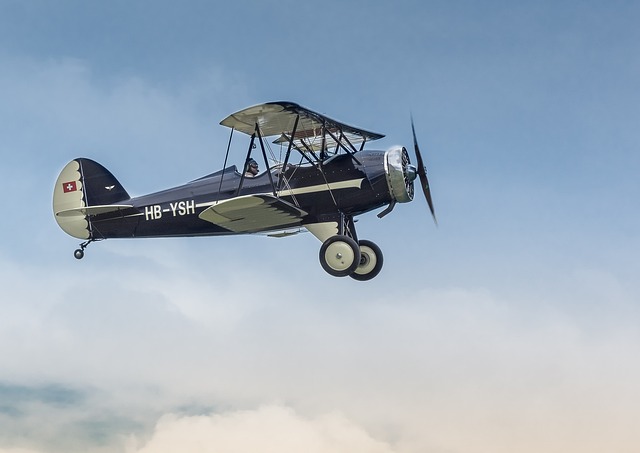Taking Flight: A Comprehensive Guide to Aviation Training
Aviation training is the cornerstone of a successful career in the skies, providing aspiring pilots and aviation professionals with the knowledge, skills, and experience necessary to navigate the complex world of flight. From understanding the intricacies of aircraft systems to mastering the art of aerial navigation, aviation training encompasses a wide range of disciplines that prepare individuals for the challenges and responsibilities of operating aircraft safely and efficiently.

How long does it take to complete pilot training?
The duration of pilot training can vary significantly depending on the type of license or certification being pursued. For a private pilot license, which is the entry-level certification for non-commercial pilots, training typically takes between 3 to 6 months of full-time study. Commercial pilot training, which is required for those seeking a career in aviation, can take anywhere from 12 to 24 months to complete. However, factors such as the frequency of training sessions, individual aptitude, and weather conditions can affect the overall timeline.
What types of aircraft are used in flight training?
Flight training utilizes a variety of aircraft, each serving specific purposes in the educational process. Small, single-engine planes like the Cessna 172 or Piper Cherokee are commonly used for initial training due to their stability and forgiving flight characteristics. As students progress, they may transition to more complex aircraft, including multi-engine planes, to expand their skills and meet certification requirements. Advanced training for commercial pilots often involves larger aircraft and may include exposure to jet simulators to prepare for airline operations.
What are the key components of aviation ground school?
Aviation ground school is a crucial part of pilot training, providing the theoretical knowledge necessary for safe and effective flight operations. Key components of ground school include:
-
Aerodynamics: Understanding how aircraft generate lift and the forces acting on an airplane in flight.
-
Aircraft Systems: Learning about the various systems that make up an aircraft, including engines, electrical systems, and navigation equipment.
-
Aviation Weather: Studying meteorology and its impact on flight planning and operations.
-
Flight Planning: Mastering the art of route selection, fuel calculations, and weight and balance considerations.
-
Aviation Regulations: Familiarizing with airspace classifications, flight rules, and regulatory requirements.
-
Human Factors: Exploring the psychological and physiological aspects that affect pilot performance.
How much does aviation training cost?
The cost of aviation training can vary widely depending on the type of certification, location, and training intensity. Here’s a breakdown of estimated costs for different levels of pilot training:
| Training Program | Estimated Cost Range | Typical Duration |
|---|---|---|
| Private Pilot License | $10,000 - $15,000 | 3-6 months |
| Commercial Pilot License | $50,000 - $70,000 | 12-18 months |
| Airline Transport Pilot License | $80,000 - $150,000 | 18-24 months |
| Flight Instructor Certificate | $5,000 - $10,000 | 1-3 months |
Prices, rates, or cost estimates mentioned in this article are based on the latest available information but may change over time. Independent research is advised before making financial decisions.
It’s important to note that these costs typically include flight time, ground instruction, study materials, and examination fees. Additional expenses such as medical certifications, pilot supplies, and living costs during training should also be considered when budgeting for aviation training.
What career opportunities are available after completing aviation training?
Completing aviation training opens up a diverse range of career opportunities within the aviation industry. While many aspire to become commercial airline pilots, there are numerous other paths available. Graduates of aviation training programs may find employment as:
-
Charter pilots for private companies or individuals
-
Flight instructors, training the next generation of pilots
-
Cargo pilots, transporting goods across the globe
-
Aerial firefighters or search and rescue pilots
-
Corporate pilots for business executives
-
Military pilots (with additional specialized training)
-
Aerial photographers or surveyors
-
Air ambulance pilots for medical emergencies
The aviation industry continues to grow, with increasing demand for skilled professionals across various sectors, making aviation training a valuable investment in a promising career.
In conclusion, aviation training is a comprehensive and rigorous process that prepares individuals for the challenges and rewards of a career in flight. From mastering the principles of aerodynamics to navigating complex weather systems, aspiring pilots undergo extensive education and practical training to ensure the safety and efficiency of air travel. While the journey may be demanding, both in terms of time and financial investment, the resulting opportunities in the dynamic field of aviation make it an attractive path for those passionate about taking to the skies.






